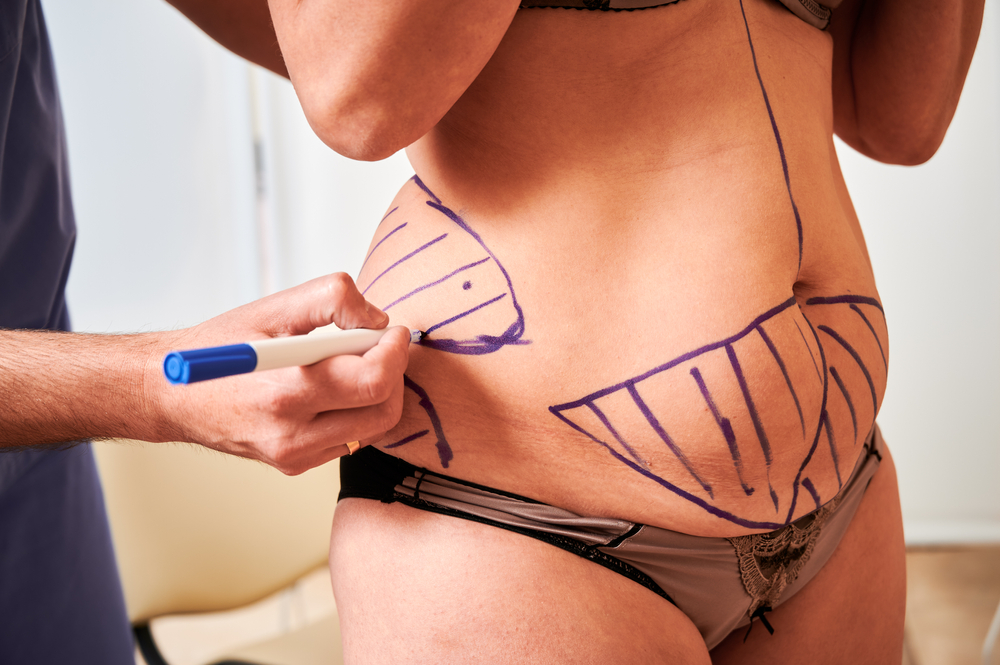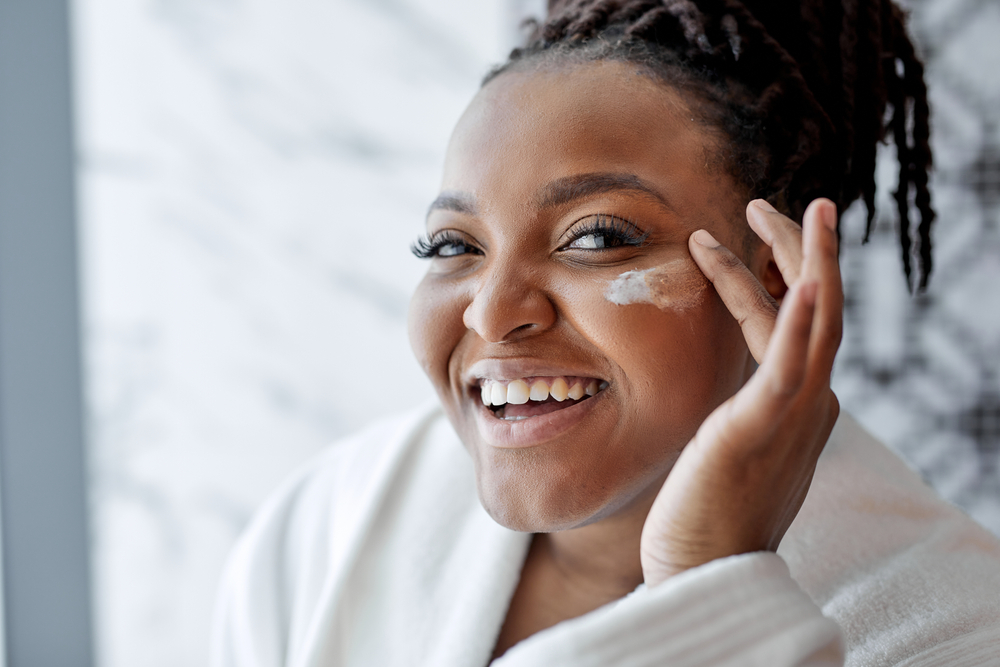 Summertime in the Carolinas can get a little, uh, sweaty. There is no getting around that. But for some people, it’s like August all the time, even on a cool February day here in Charlotte. That’s because they suffer from a condition known as hyperhidrosis. Hyperhidrosis causes a person to sweat excessively without any internal or external causes.
Summertime in the Carolinas can get a little, uh, sweaty. There is no getting around that. But for some people, it’s like August all the time, even on a cool February day here in Charlotte. That’s because they suffer from a condition known as hyperhidrosis. Hyperhidrosis causes a person to sweat excessively without any internal or external causes.
At Providence, we treat hyperhidrosis with Botox injections.
Table of Contents
ToggleHow do you know if you have hyperhidrosis?
When a person sweats excessively without causes such as exercise or temperature, he or she may have hyperhidrosis. To test to see if a person has hyperhidrosis, there is a Minor test. Lugol’s solution, a mixture of iodine/potassium iodide solution, is applied to the affected area with a swab. Then the swabbed area is dusted over with cornstarch. After 3-5 minutes the sweat producing skin areas become highly discolored, independent of any impact from exercise or other factors that would typically initiate sweating. With a positive Minor test, the areas that need to be treated have been identified. These areas usually are identical to the areas of hair growth in the underarms.
How is Botox used for hyperhidrosis?
You’ve no doubt heard of Botox and its magic in erasing lines and wrinkles on the upper third of the face. These wrinkles are caused by muscle contractions beneath the surface skin. When injected into a muscle, Botox blocks the nerve messages sent from the muscle to the brain. The brain doesn’t receive the message to contract the muscle, so it stays at rest. For wrinkles like crow’s feet, the muscle then doesn’t contract and form the wrinkle. We provide Botox for wrinkle treatment for our Providence patients.
But we also use it for patients who suffer from excessive sweating. For hyperhidrosis, Botox works in the same way, by blocking the nerve messages. But this time it blocks the nerves messages in the sweat glands. When Botox is injected into the areas where the sweat glands are overactive, it inhibits the sympathetic cholinergic nerve fibers in the sweat glands. This reduces or prevents the glands from producing sweat. The FDA has approved Botox for this use.
Botox is very effective for treatment of hyperhidrosis. It dramatically reduces sweat production for from 6-18 months. This variation is dependent upon the individual and on the number of Botox units used. At Providence, we usually recommend using from 100-150 Botox units per area being treated. For some patients, their insurance company has provided reimbursement for these treatments, but that varies dramatically by the provider.
It takes from 3-6 weeks for the Botox to fully block the nerve messages and decrease sweat production.
Interested in putting an end to that embarrassing sweating? Call us at Providence Plastic Surgery & Skin Center, (704) 771-1747, and let’s see if Botox can help.










